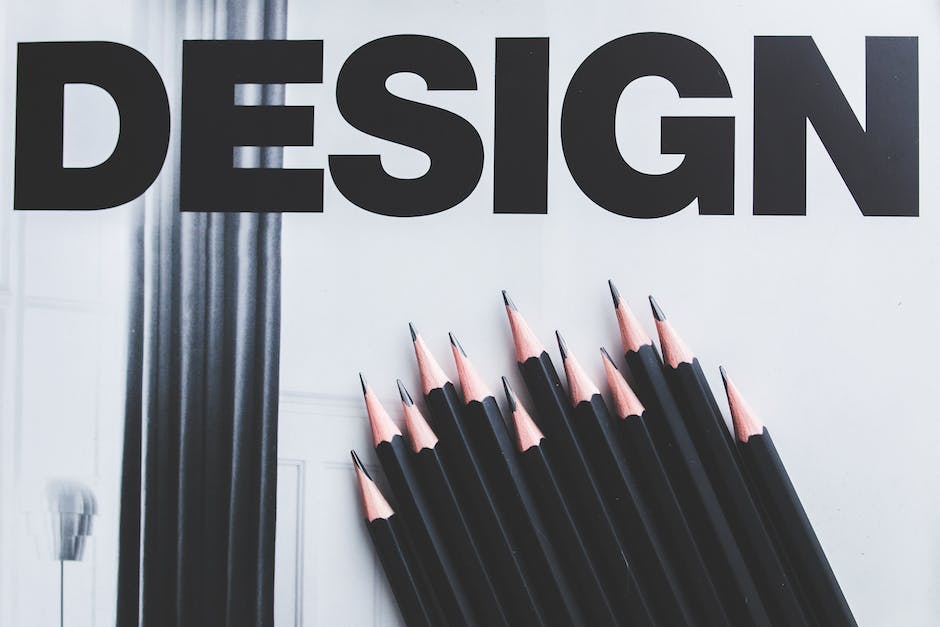How to Quote a Design Project: Everything You Need to Know

As a freelance designer, accurately quoting a design project is one of the most crucial tasks you’ll undertake. It’s a delicate balancing act. Quote too high, and you risk losing the client. Quote too low, and you might undersell your skills and expertise. But why is it so important, and what challenges does it pose? This blog post aims to answer these questions, shedding light on the importance of accurate quoting and offering insights into common mistakes, key factors to consider, and how to navigate the process successfully.
Let’s take a step into the world of project quoting, a world where precision, understanding, and effective communication are key.

Understanding the Basics of Project Quoting
Project quoting is essentially the process of estimating how much a particular design project will cost. It’s an essential part of the design industry with clear goals – to provide the client with a clear understanding of what services they’re getting and how much it will cost them. It’s an agreement between you and the client about the scope of work, timeline, and price, all before the project begins. It’s both a promise and a commitment that sets the stage for the working relationship.
The Importance of Accurate Quoting
Accurate quoting is crucial in the design industry. But why? For one, it directly impacts your client relationships. An accurate quote reflects your understanding of the project and your professionalism. It sets clear expectations for both parties, reducing the chances of misunderstandings or disputes later on.
Moreover, your quote can significantly influence your business reputation. Consistently providing accurate and fair quotes can help you build a reputation for reliability and transparency, which can, in turn, attract more clients. It also influences the success of the project. An accurate quote ensures that you are adequately compensated for your time and effort, allowing you to deliver quality work that meets the client’s expectations.
Common Mistakes in Quoting Design Projects
While quoting a design project may seem straightforward, freelancers often make some common mistakes. One of the most frequent errors is underquoting, which can lead to dissatisfaction as you may find yourself working more hours than you’re being paid for. Overquoting is another common pitfall, as it may drive potential clients away, thinking you’re too expensive.
Avoiding these mistakes is crucial. It’s not just about winning the project; it’s about establishing a sustainable and mutually beneficial professional relationship. So, how can you avoid these mistakes? Stay tuned as we delve deeper into the factors to consider when quoting a design project in the next section.
Key Factors to Consider When Quoting a Design Project
When it comes to quoting a design project, it’s not as simple as plucking a figure out of thin air. There are several key factors that you, as a freelancer, need to consider to ensure your quote is accurate and fair. But what are these factors, and how do they impact your quote?
Time Investment
Perhaps the most significant factor to consider when quoting a design project is the amount of time you anticipate it will take. This isn’t just about how many hours you’ll spend designing, but also the time spent communicating with the client, sourcing materials, and refining the design based on feedback.
Estimating the time a project will take can be tricky, especially for larger projects. It’s a good practice to track your time on previous projects to get a better idea of how long similar tasks usually take. Remember, it’s better to overestimate a little than underestimate and end up working for less than you deserve.
Project Complexity
Not all design projects are created equal. The complexity of the project plays a huge role in determining the cost. A simple logo design, for example, will likely take less time and require fewer resources than a comprehensive branding package.
When considering the complexity of the project, think about the number of design elements required, the level of detail needed, and any special techniques or skills the project may require. These aspects should all be factored into your quote.
Step-by-Step Guide to Quoting a Design Project
Now that you understand some of the key factors that impact a project quote, let’s walk through a step-by-step guide on how to quote a design project accurately.
1. Begin with a thorough client consultation. This allows you to understand the client’s needs, expectations, and the project’s scope.
2. Estimate the time you will need to complete the project. Take into account all stages of the project, from initial consultations and research to design and revisions.
3. Consider the complexity of the project. Will it require special skills or software? Does it involve multiple design elements? Adjust your quote accordingly.
4. Remember to factor in additional costs. This could include anything from stock images to special fonts or software.
5. Put together a detailed proposal outlining the project’s scope, timeline, and cost. This not only provides transparency for the client but also protects you from scope creep.
6. Review your quote before sending it. Make sure it’s fair and accurately reflects the value of your work.
The Role of Communication in Quoting
Have you ever felt the sting of a misunderstanding between you and your client over a quote? If so, you’re not alone. Effective communication is paramount when quoting a design project. It is the bridge that connects your understanding of the project to the client’s expectations.
By establishing an open dialogue with your client, you can gain a deeper understanding of their needs and expectations. This insight will enable you to provide a more accurate quote that reflects the true scope of the project. Don’t hesitate to ask questions or seek clarifications. Remember, it’s better to ask now than to face potential misunderstandings later.
How to Handle Revisions in Your Quote
Revisions are a common part of the design process. But how do you factor them into your quote without shortchanging yourself or surprising your client with additional costs?
Firstly, it’s essential to discuss the possibility of revisions upfront with your client. Ensure they understand that significant changes to the project scope will likely result in additional costs. Secondly, consider setting a limit on the number of free revisions you offer before additional charges apply. This approach can help manage your client’s expectations and prevent you from feeling overwhelmed by endless revisions.
The Importance of a Detailed Design Brief in Quoting
When it comes to quoting a design project, having a detailed design brief is like having a roadmap. It guides you through the project’s expectations, goals, and costs, ensuring that both you and your client are on the same page. But why is it so crucial?
A comprehensive design brief provides a clear overview of the project. It outlines the client’s expectations, the project’s scope, the target audience, and any other pertinent details. By having all this information at hand, you can create an accurate quote that reflects the true value of your work.
Without a detailed design brief, you risk underquoting or overquoting the project, leading to potential misunderstandings or disappointments down the line. So, always insist on a comprehensive brief before providing your quote. It will save you a lot of headaches in the long run.

Utilising Tools for Quoting
When it comes to quoting design projects, there’s no need to reinvent the wheel. Numerous tools and software solutions exist that can streamline the quoting process, save valuable time, and increase accuracy. But with so many options out there, how do you choose the right one?
Consider factors such as ease of use, integration with other tools you use, and whether it has features tailored to the design industry. Some popular options include FreshBooks, Bonsai, and HoneyBook. These tools not only help you create professional quotes but also track your time, send invoices, and manage your projects.
Are you using any tools already? If not, it might be time to start. Remember, the best tool for you depends on your specific needs and the nature of your design projects.
Tips for Negotiating Your Quote
Negotiating your quote can be a delicate process. It’s crucial to strike a balance between earning what you’re worth and maintaining a positive relationship with your client. So, how can you navigate this tightrope?
Firstly, be open and transparent about your pricing structure. Break down your quote into components such as time, complexity, and any additional costs. This way, clients understand what they’re paying for.
Secondly, be prepared to explain the value you bring. Why are you worth the price you’re asking for? Refer back to your portfolio and previous successes to justify your quote.
Lastly, be flexible but don’t undervalue your work. It’s okay to negotiate, but know your worth and stand your ground when necessary. Remember, a good client will recognize and respect the value of quality design work.
Final Thoughts
Quoting a design project accurately is not just about getting paid. It’s about establishing trust, setting clear expectations, and building strong relationships with your clients. It’s about professionalism and valuing your craft.
The tips and strategies discussed in this blog post are not exhaustive, but they provide a solid foundation. Whether you’re a seasoned freelancer or just starting out, continuously improving your quoting process is essential. So, why not take a fresh look at how you quote your design projects today?
Remember, every project is a learning opportunity. With each quote, you’ll become more adept at estimating your time, understanding the complexity of projects, and communicating effectively with clients. And that, in the end, is a win for both you and your clients.
Get Organized & Win More Clients
Kosmo has everything you need to run your freelancing business.